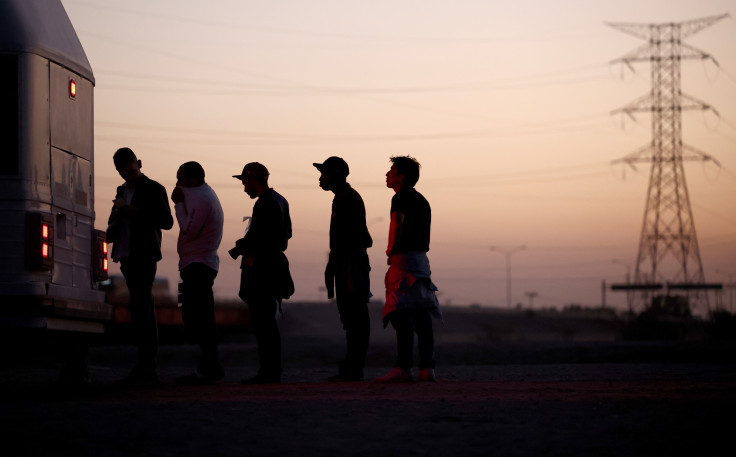
A week ago U.S Customs and Border Protection (CBP) announced it was expanding the area from where migrants could access its CBP One app, the primary method for migrants to request asylum appointments during the Biden administration. The expansion allowed non-Mexicans to request asylum appointments from the states of Tabasco and Chiapas.
The measure was seen as a way ease pressure on border cities and provide migrants with safer waiting conditions.
On Sunday, the Mexican government doubled down on this plan, announcing it will offer escorted bus rides from southern Mexico to the U.S. border for non-Mexican migrants with CBP One appointments. The plan, put forward by the National Institute of Migration (INM), will provide rides from the southern cities of Villahermosa and Tapachula, a main crossing point between Mexico and Guatemala
The exact destination of the transportation corridor was not announced, but authorities mentioned that immigrants would be transported by buses escorted by security agencies at the federal, state, and municipal levels.
This new "emergency corridor" is part of an interagency strategy aimed at ensuring the safety of foreign nationals who choose to travel by land to their appointment at the U.S. border. The Ministry of the Interior (Segob) and the INM outlined the plan in a joint statement, emphasizing the initiative's goal of protecting immigrants during their journey:
"This project is part of an interagency strategy aimed at ensuring the safety of foreign nationals who decide to travel by land to the entry point for their appointment. To protect family unity, the migration authorities will prioritize keeping family units together during travel."
#Comunicado 📄 Gobierno de México 🇲🇽 a través del @INAMI_mx pone en marcha corredor emergente para traslado terrestre de personas extranjeras con cita #CBPOne.
— INM (@INAMI_mx) August 31, 2024
🔗 https://t.co/NN50HYS2lM pic.twitter.com/ijLsPre7av
The statement also emphasized that in the week since CBP expanded registration to Tabasco and Chiapas 300 people who scheduled their appointments received responses to their requests within just a few days.
According to the LA Times, there are other reasons behind this new measure from the Mexican government:
"The Mexican government wants more migrants to wait in southern Mexico farther from the U.S. border. Migrants typically complain there is little work available in southern Mexico for a wait that can last months. Many carry debts for their trip and feel pressure to work."
© 2024 Latin Times. All rights reserved. Do not reproduce without permission.









